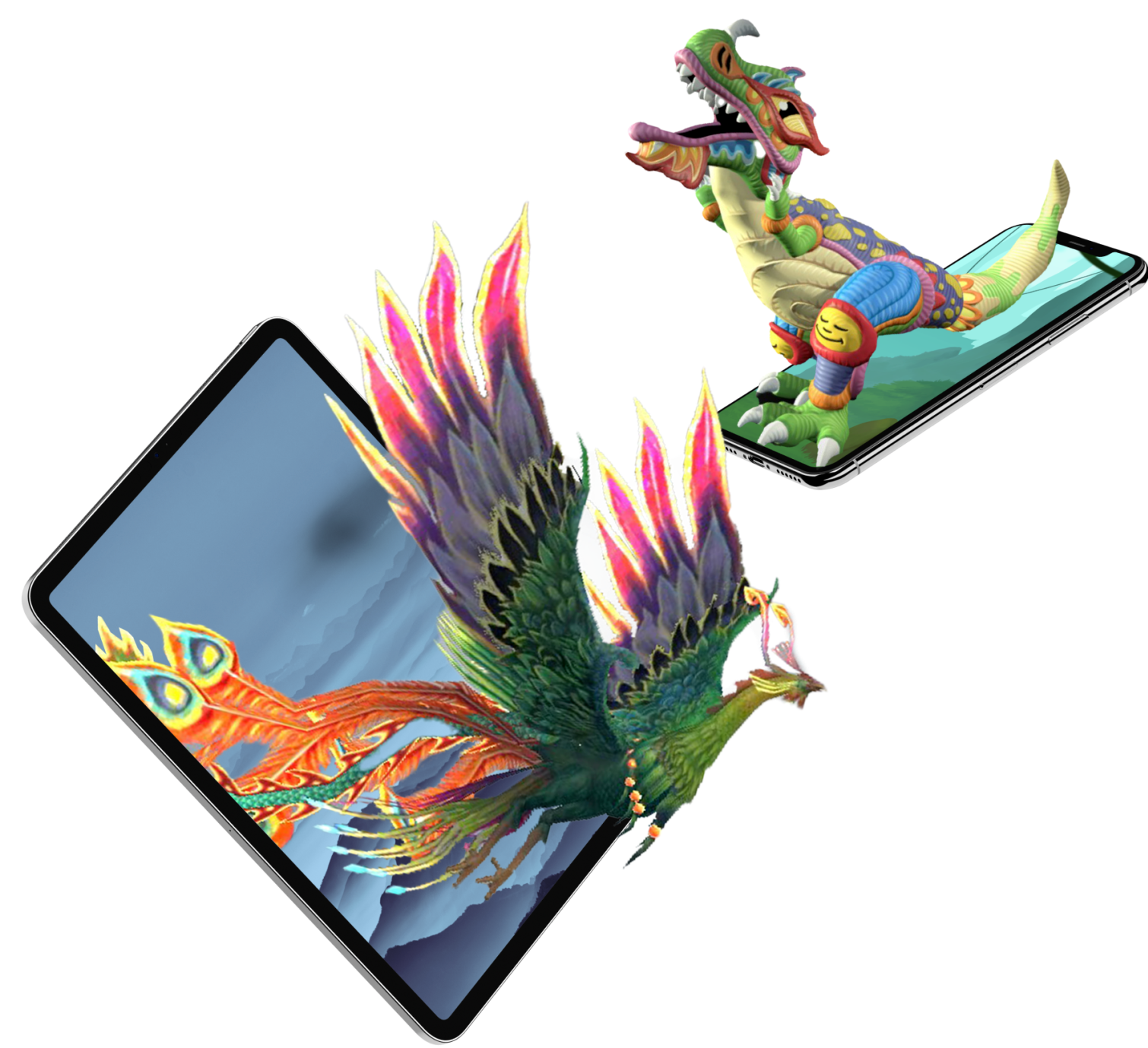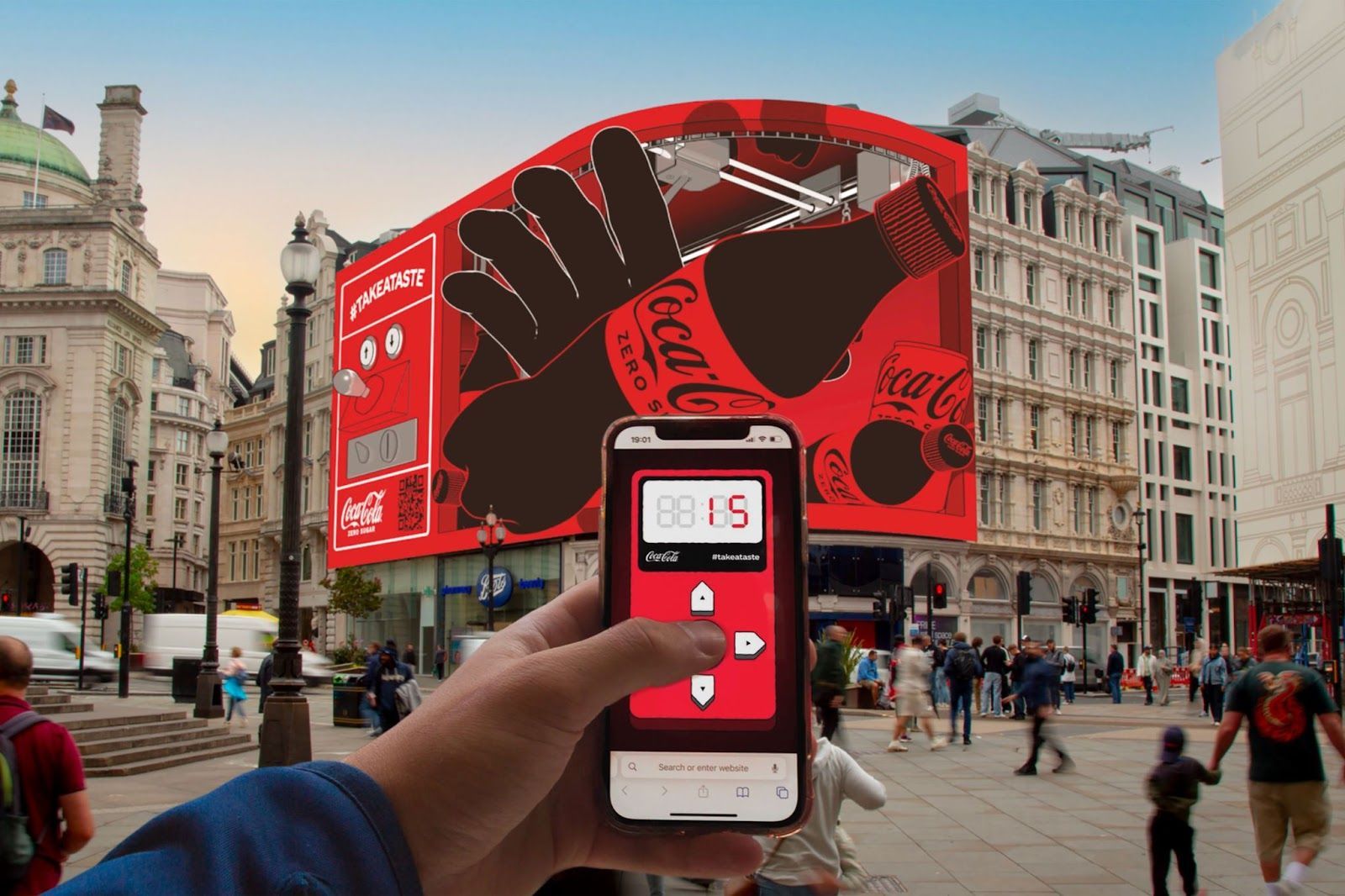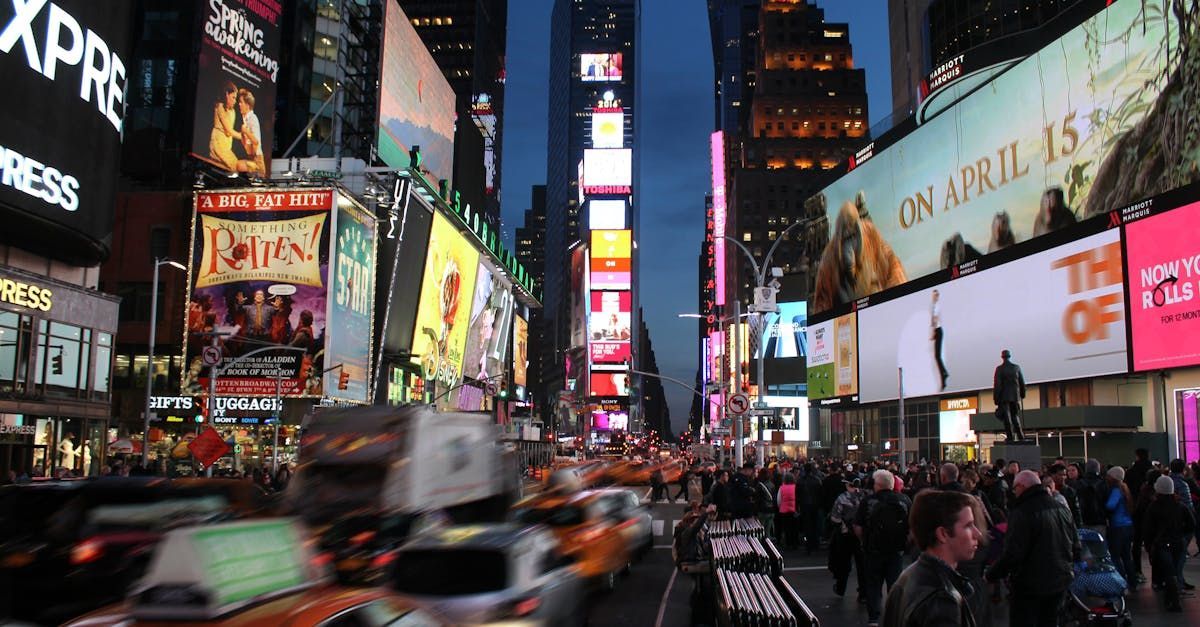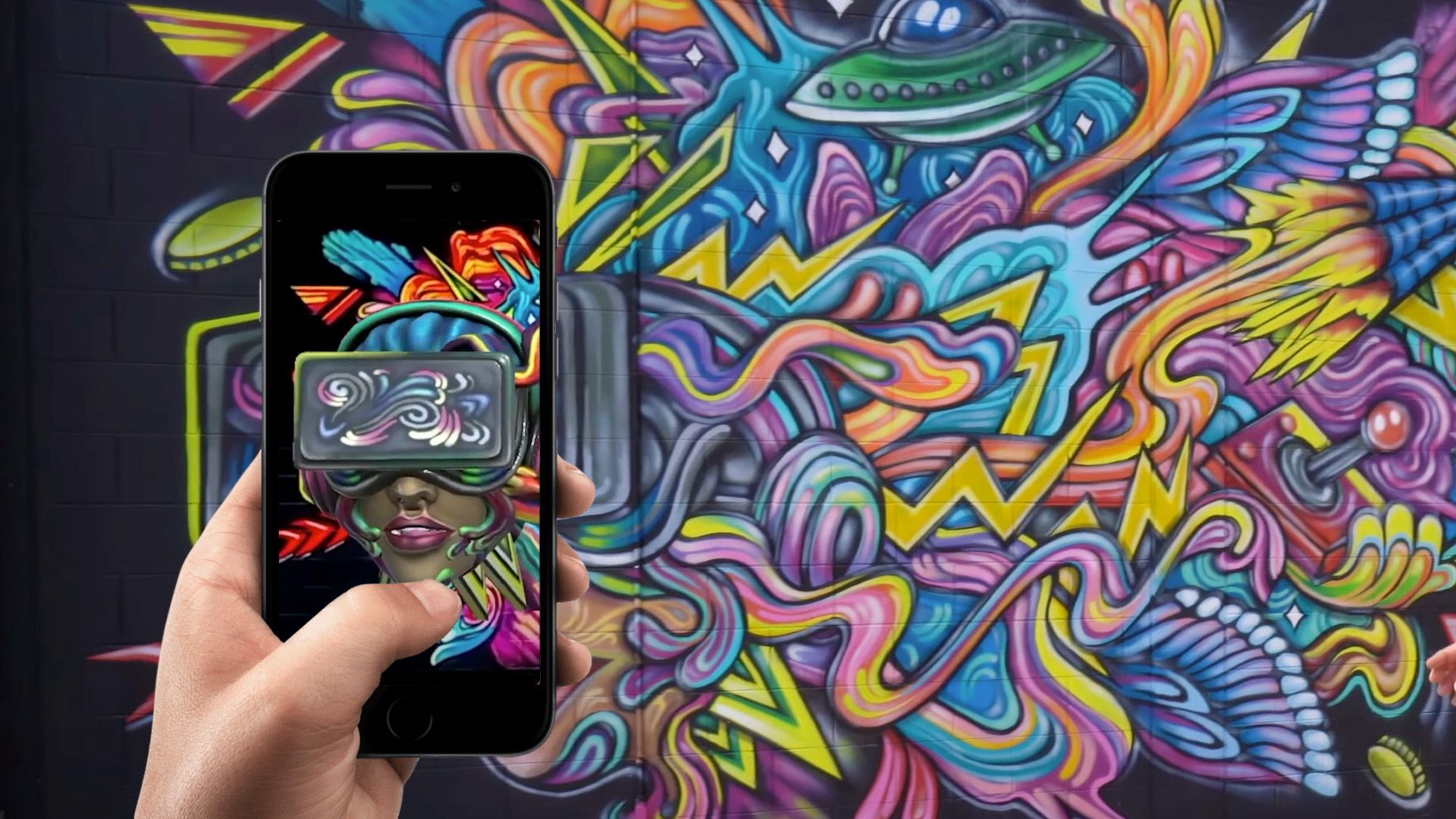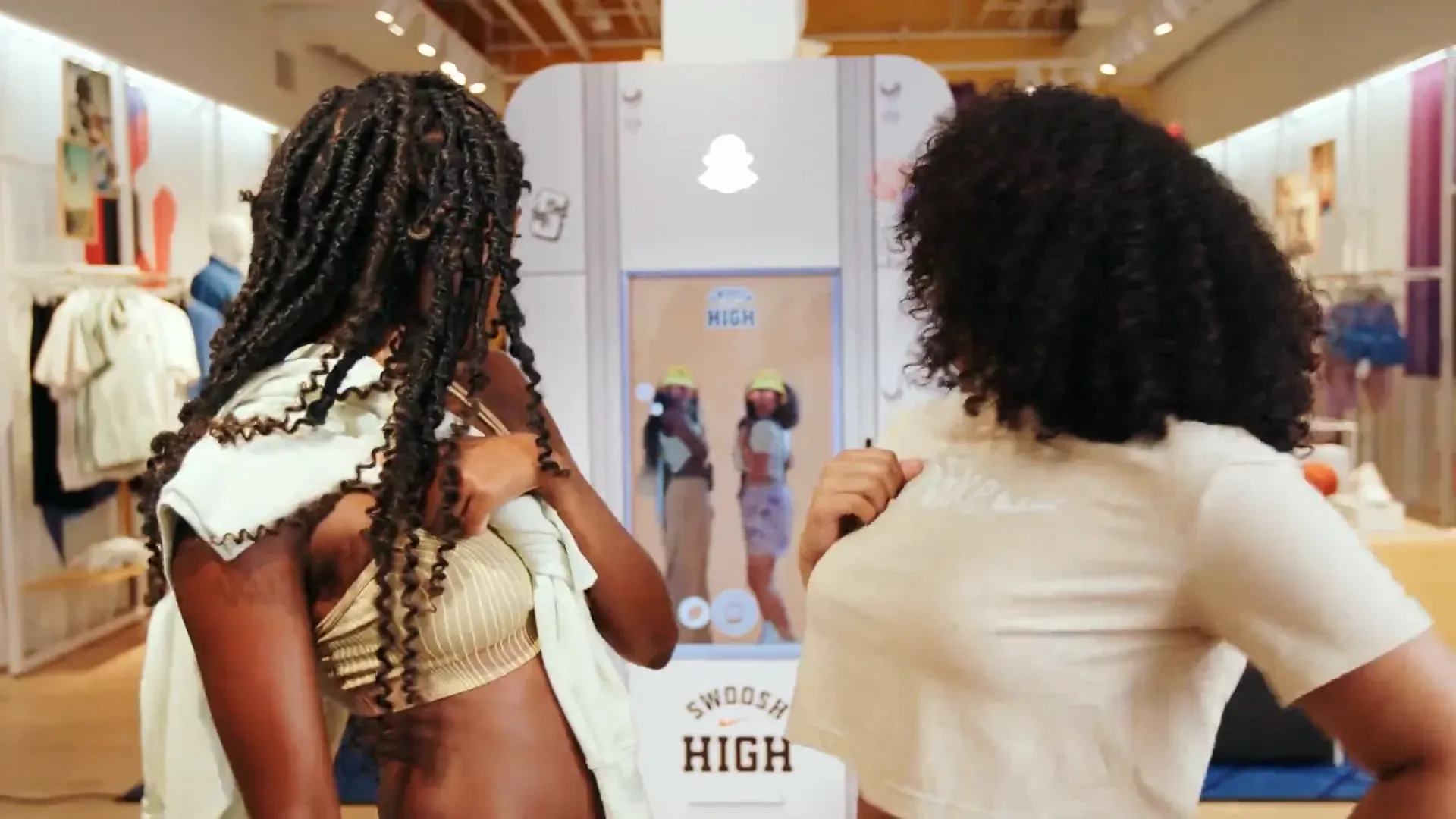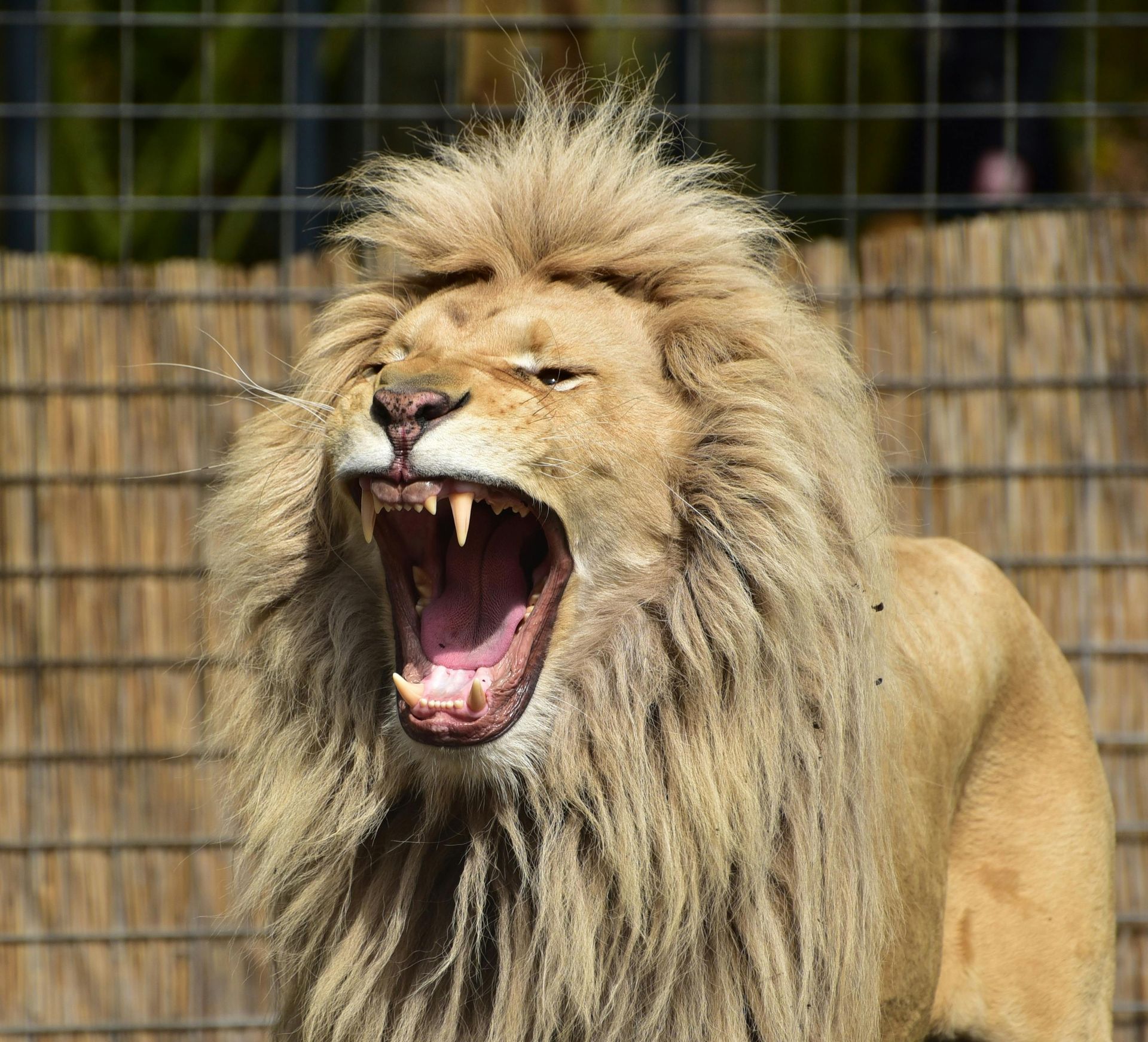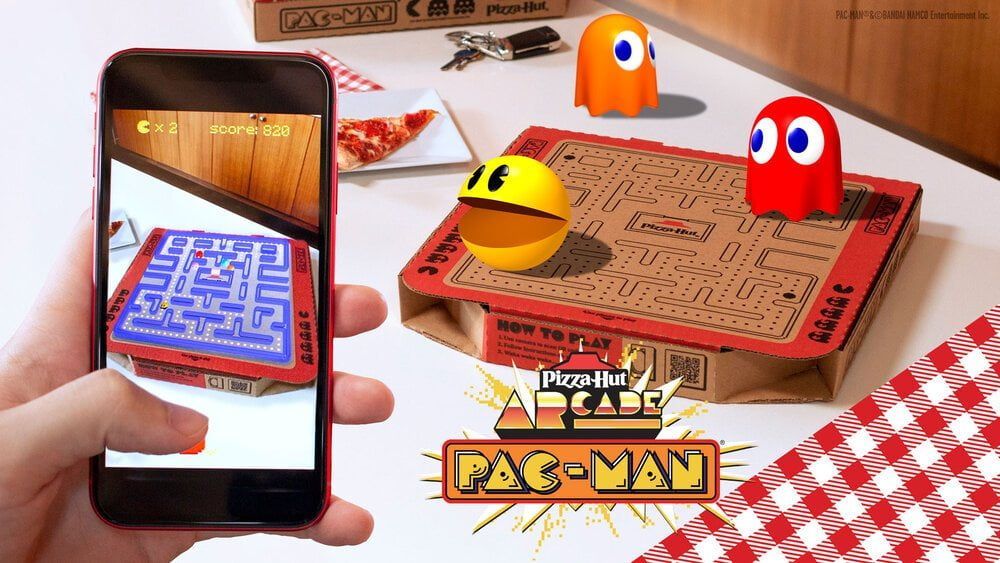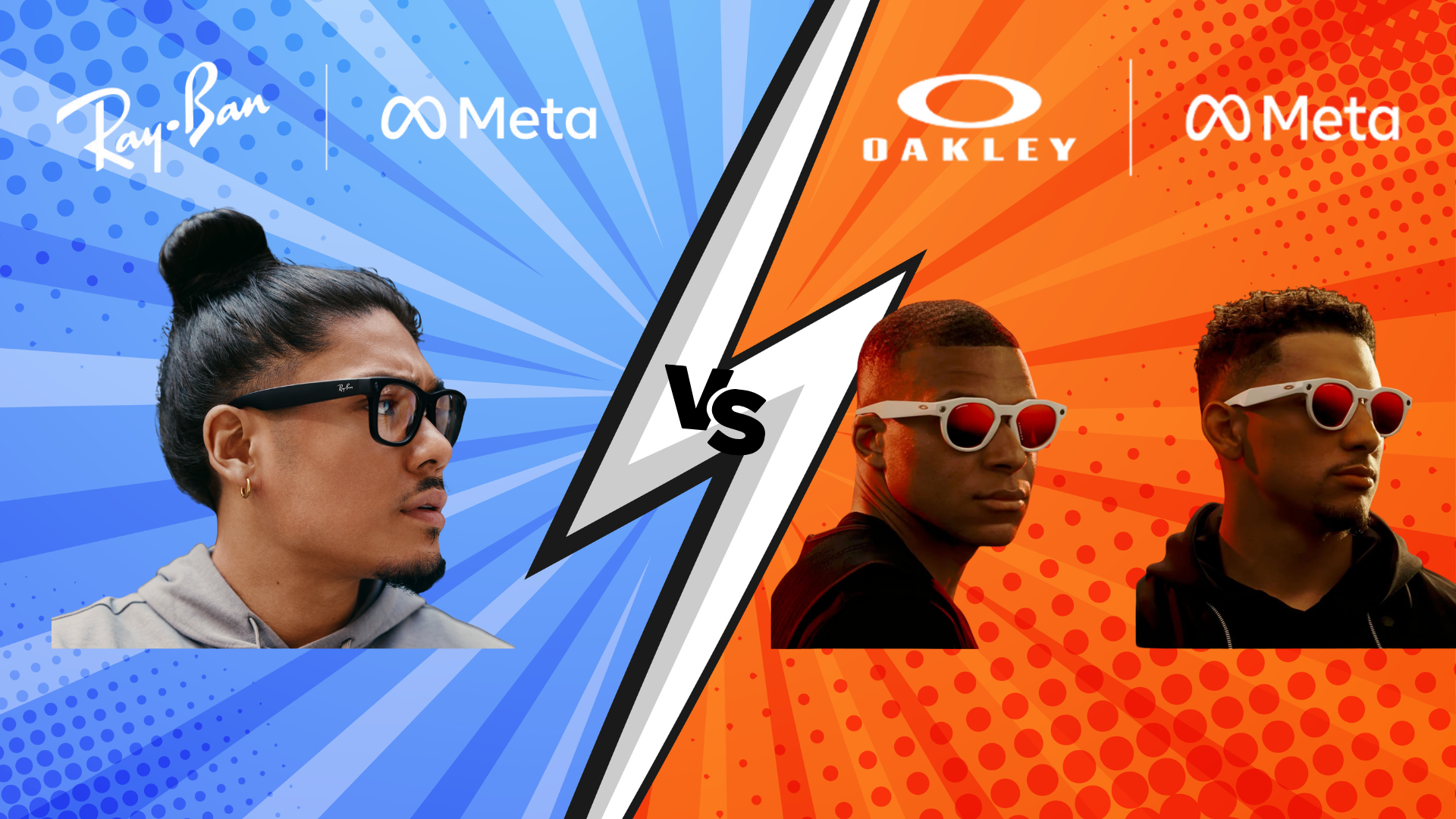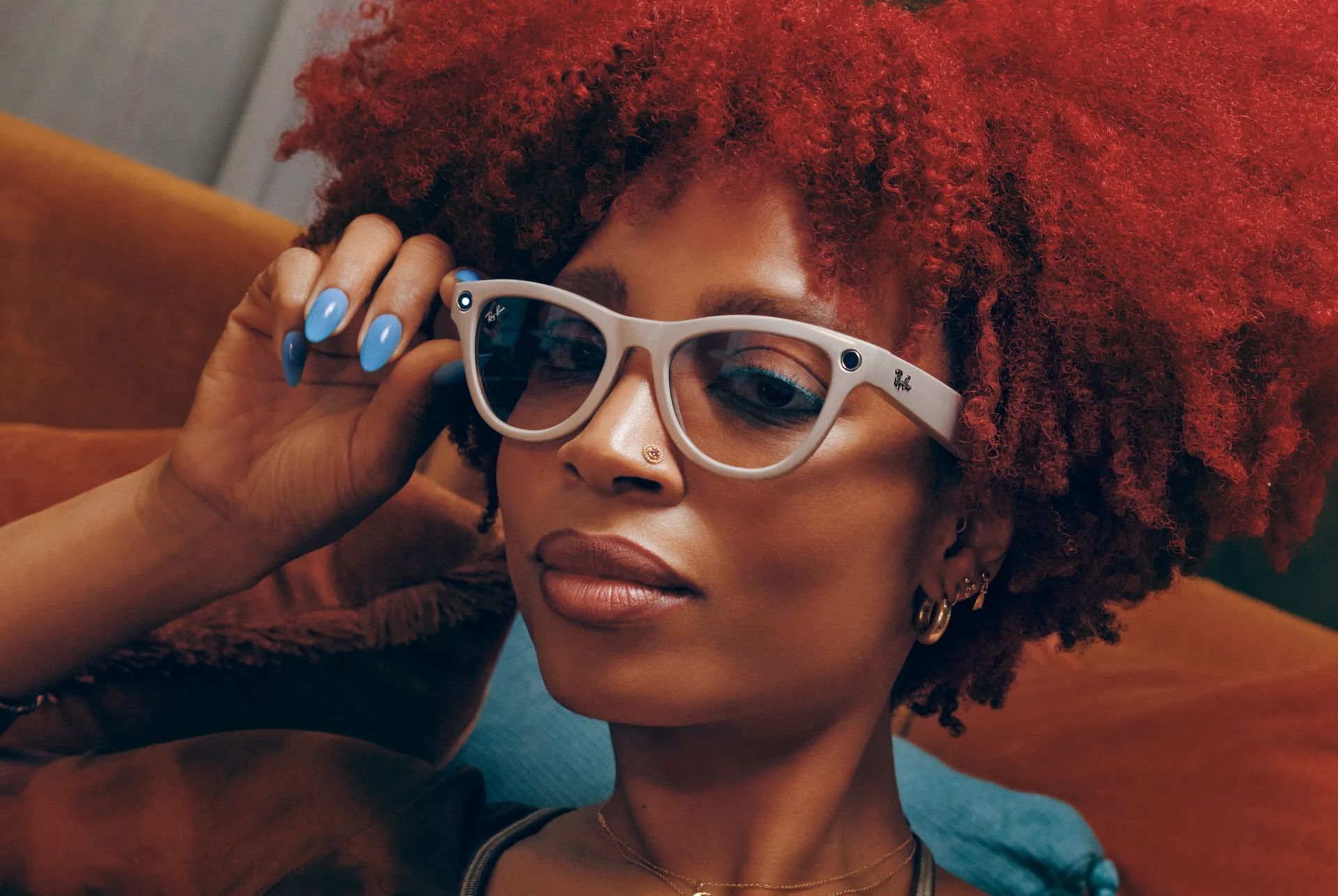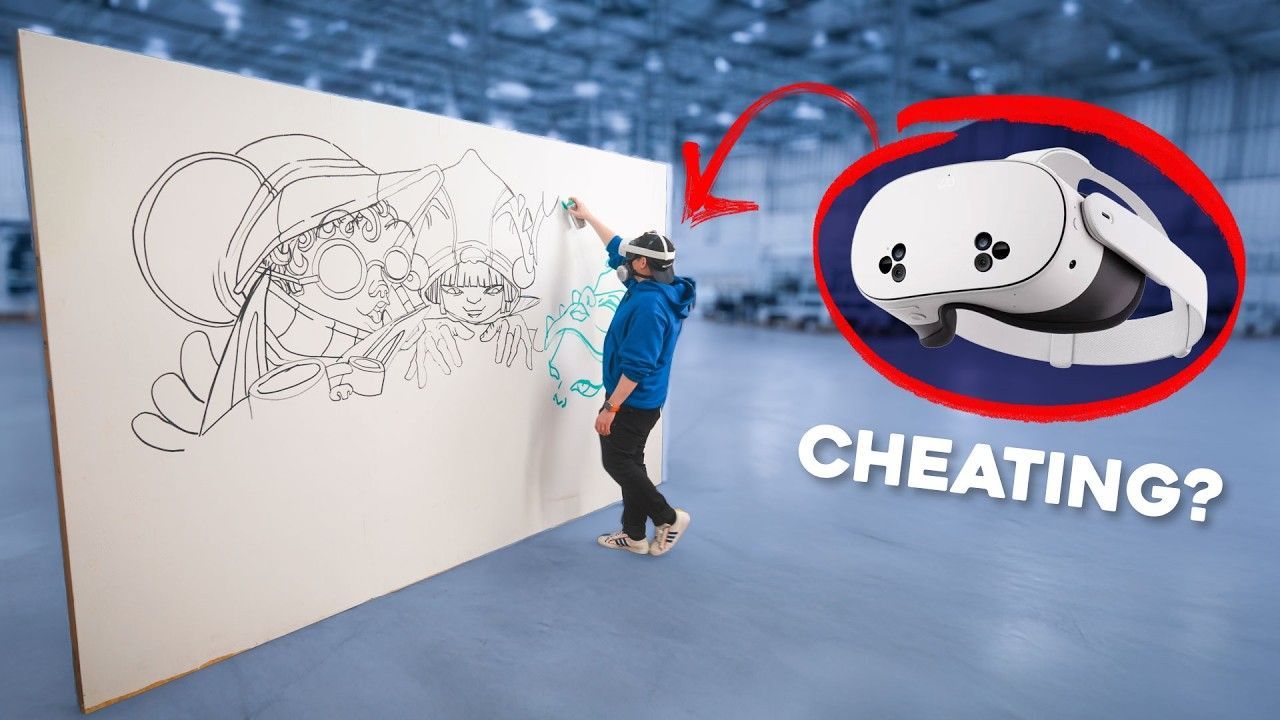How to Beat Facebook with Billboards: A Strategic Approach to Out-of-Home Advertising
In the ever-evolving advertising landscape, social media platforms like Facebook have dominated the scene with their vast reach and sophisticated targeting capabilities. However, the 2019 Facebook ad scandal, which raised concerns about privacy and data security, has led many marketers to seek alternative strategies to connect with their specific audience. Enter Out-of-Home (OOH) advertising, a time-tested method undergoing a renaissance thanks to technological advancements like augmented reality (AR). Billboards, a staple of OOH advertising, offer unique opportunities to engage potential customers in ways that Facebook ads and videos cannot. In this article, we'll explore how you can leverage billboards to beat Facebook at its own game.
The Power of OOH Advertising
OOH advertising, which includes billboards, bus shelters, and digital displays, offers several advantages over digital ads on platforms like Facebook. For one, OOH ads are immune to ad blockers and deliver high visibility in public spaces. According to recent studies, OOH advertising can significantly enhance brand recall and engagement, especially when integrated with digital strategies.
Targeting a Specific Audience with Billboards
One of the main criticisms of traditional billboards has been their perceived lack of targeting compared to digital ads. However, this is changing with digital billboards and data-driven site selection. Modern OOH advertising can be strategically placed based on traffic patterns, demographic data, and social media activity to ensure your message reaches the right audience.
Enhancing Billboards with Augmented Reality
Augmented Reality (AR) transforms how brands interact with potential customers through billboards. By integrating AR, marketers can create immersive experiences that engage audiences in a more interactive manner. This approach not only captures attention but also encourages social sharing, which can amplify your campaign's reach beyond the billboard's physical location.
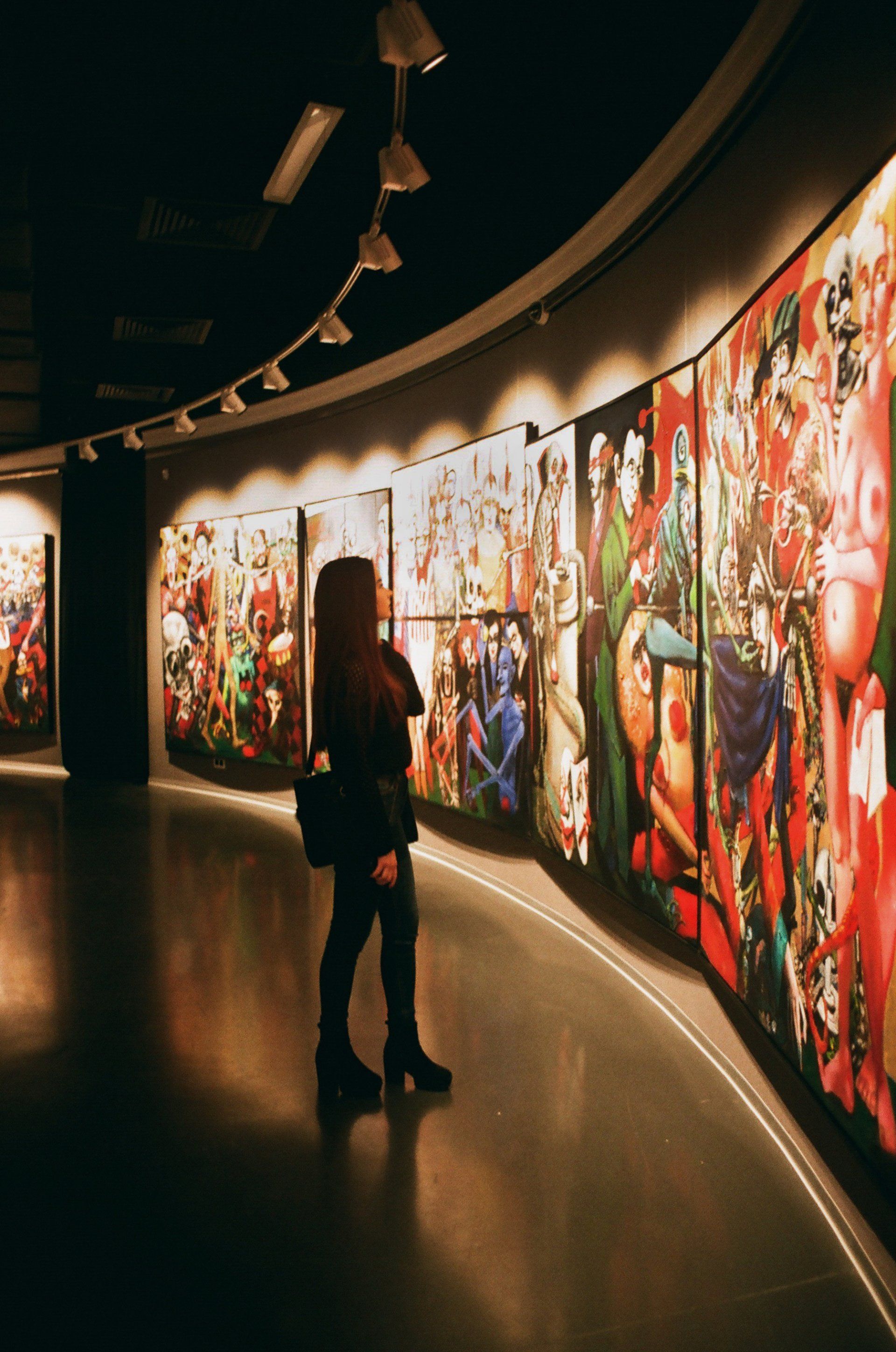
Why Billboards Are More Effective Than Facebook Ads
- Physical Presence: Unlike Facebook ads, which can be ignored or skipped, billboards have a physical presence that is hard to overlook. They command attention simply by being part of the landscape.
- Trust and Authenticity: Due to privacy concerns and misinformation on social media, consumers are increasingly skeptical of digital ads. Billboards offer a sense of authenticity and trust that can enhance brand credibility.
- Enhanced Engagement: Studies show that consumers are more likely to engage with content that is physically in front of them. Billboards, especially those enhanced with AR, can increase consumer engagement by providing memorable and interactive experiences.
Creating Compelling Billboard Campaigns
To create a successful billboard campaign, consider the following strategies:
- Strong Visuals and Clear Messaging: Billboards offer limited space for text, so it's crucial to use strong visuals and concise messaging. Your billboard should convey a clear, compelling message that resonates with your target audience.
- Integration with Digital Campaigns: To maximize reach and engagement, integrate your billboard campaign with digital strategies. This can include QR codes that direct viewers to your website or social media profiles, or hashtags that encourage user-generated content.
- Leveraging Data for Location Selection: Use data analytics to select billboard locations that align with your target audience's demographics and behavior. This ensures that your message reaches the most relevant audience.
Measuring the Impact of OOH Advertising
Measuring the effectiveness of billboard advertising can be challenging, but technological advancements are making it easier. By using tools like mobile data tracking and social media monitoring, marketers can gain insights into the reach and impact of their OOH campaigns.
Case Studies: Successful Billboard Campaigns
- BrandXR and AR Billboards: BrandXR has successfully utilized AR-enhanced billboards to create engaging experiences that drive consumer interaction and brand awareness. By transforming static billboards into interactive digital experiences, BrandXR has demonstrated the potential of AR in OOH advertising.
- McDonald's Interactive Billboards: McDonald's has used interactive billboards that allow users to play games or interact with the brand through their smartphones. This approach has increased engagement and encouraged social sharing, further amplifying the campaign's reach.
Conclusion
While Facebook and other digital platforms have dominated the advertising world in recent years, billboards and OOH advertising still need to be made available. By leveraging technological advancements and integrating digital strategies, billboards can offer a powerful alternative to reach and engage specific audiences. As privacy concerns and ad fatigue continue to grow, billboards provide a trustworthy and impactful way to connect with potential customers, proving that old school is sometimes the best.
By focusing on strategic placement, compelling content, and integration with modern technologies like AR, marketers can use billboards to beat Facebook at its own game, delivering messages that are both seen and remembered. As the advertising landscape continues to evolve, those who can blend traditional and modern approaches will create memorable and effective campaigns.
TALK TO A PRO
We're here to bring your brand to life!
Stay Connected with BrandXR
Create Augmented Reality for Free!
Create, Publish, and Measure 3D Augmented Reality Experiences Without Having to Code.
